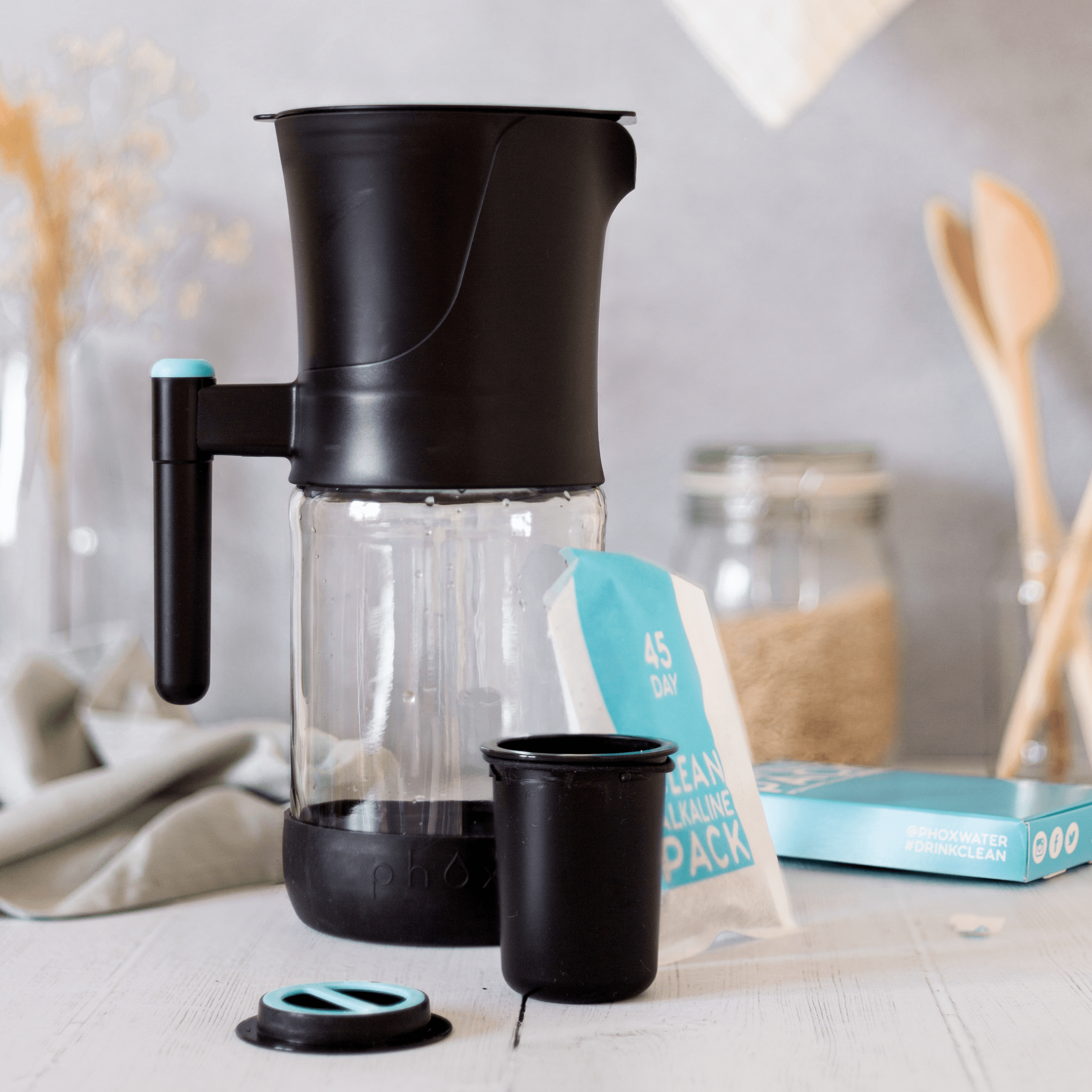The 24,520 Chemicals Inside Your Plastic Bottle
Take a look around wherever you are right now and you're likely to see a plastic bottle. Consumption of plastic bottles is soaring. The variety of waters, never mind drinks in general, is exhaustive. Aside from a smartphone, the next most likely item to find in someone's hand as they navigate through their day - in the office, on the train or in the gym - is a plastic bottle.
Plastic generally comes in seven forms and you may be familiar with the number system that appears on bottles.
1 - Polyethylene Terephthalate (PET): This is the most common form of plastic used to produce single-use drinks bottles.
2 - High Density Polythylene (HDPE): HDPE is what plastic bags and shampoo bottles are made of.
3 - Polyvinyl Chloride (PVC): Most typically used for clear take-out food containers and cling film.
4 - Low Density Polyethylene (LDPE): Present in things like hot beverage cups and film applications in bags
5 - Polypropylene (PP) - found in food containers like ketchup, yogurt etc.
6 - Polystyrene (PS) - Most commonly found in egg cartons, disposable cups and bike helmets
7 - Other (O) - A general catch-all category for other forms of plastic
What's the Problem?
The problem with plastic is that it's full of chemicals. While these chemicals are necessary for production, they can leach into the contents which are held within the plastic. And if you're refilling your bottle with water to keep you hydrated throughout the day, chemicals and bacteria can gather. This is what causes that nasty odour to emanate from your bottle...
via GIPHY We've All Been There
German researchers uncovered endocrine disrupting chemicals (EDCs) in a study of 18 bottled water brands that could affect development and reproduction. EDC's are man-made compounds that interfere with hormone signalling and can have an adverse impact on human health. In this study, researchers at Goethe University in Frankfurt found an incredible 24,520 suspect chemicals inside these 18 bottled water brands.
The primary concerns from the findings are the presence of antiestrogens and antiandrogens. These were found in the majority of bottled water products, and interfere with the production of estrogen and testosterone respectively, hence why they can have an impact on development and reproduction.
What is BPA and Why Is It So Bad?
Bisphenol-A (BPA) has become renowned as the plastic chemical that everyone must avoid. Bottles which are made with BPA were part of a study conducted by Treadmill Reviews, who tested water bottles after each was used by an athlete for one week. The highest number of bacteria found within the bottles after one week of use was over 900,000 colony forming units per square cm. Now, I know that might not mean a lot to us non-scientists but to give it some perspective, that is more bacteria than the average toilet seat!
BPA's negative reputation is exacerbated by links to chronic disease and cancer. According to the Environment Research & Policy Centre, which reviewed 130 studies on the topic, BPA has been linked to breast and uterine cancer, as well as increased risk of miscarriage and decreased testosterone levels.
The Bottom Line...
The list of reasons not to use plastic bottles is nearly as long as the list of chemicals inside of them... Ok, maybe not but there's a few. Consistent use of plastic bottles is needlessly expensive both financially and environmentally. Not only that, but the list of chemicals and risk of bacteria growth make it an unwise choice in health terms as well. The best choice from a health, financial and environmental perspective is to ditch the plastic bottles for a safer, more durable reusable bottle and use a water filter to access the quality of drinking water you deserve.


